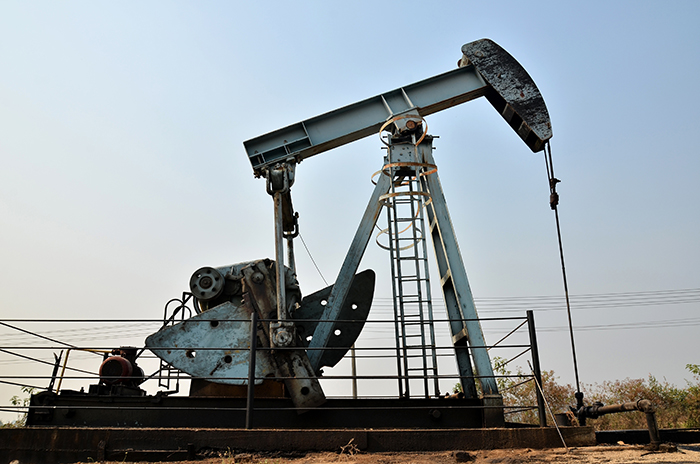Natasha Bulowski,
Local Journalism Initiative Reporter
Canada’s federal government provided $29.6 billion in financial support to the oil and gas industry in 2024, according to a new analysis by Environmental Defence.
The analysis, published April 3, took stock of direct grants, tax breaks, loans and loan guarantees from the federal government and its Crown corporations to the oil and gas and petrochemical industries.
The 2024 tally is about $11 billion higher than 2023.
The nearly $30 billion in financial support could have been used to build much-needed interprovincial electricity grid connection infrastructure, said Julia Levin, associate director of national climate for Environmental Defence and author of the report.
“Four or five months ago, we were having reasonable conversations about the kinds of climate policies that Canada needs. And for a long time, Canada has had a commitment to ending fossil fuel subsidies, because it’s a smart climate policy to stop putting taxpayer money into fuelling the climate crisis and start putting it into actual energy security,” Levin said in a phone interview with Canada’s National Observer.
“But that moment seems to have passed.”
Federal and provincial politicians have been talking about reviving the Energy East Pipeline, and Liberal Leader Mark Carney recently stated he is committed to building pipelines across the country. At the same time, Conservative Party Leader Pierre Poilievre pitched a “national energy corridor” to fast-track approvals for critical infrastructure, like pipelines and transmission lines, across the country.
All these possible projects would only happen with huge amounts of government support, Levin said.
Both the major parties — the Conservatives and Liberals — are keeping pipelines in the conversation, while the Bloc Québécois’ recently-released election platform branded it as a “no pipeline party,” Mario Levesque, a professor at New Brunswick’s Mount Allison University, told Canada’s National Observer in a phone interview.
“Now, I suspect that would change very quickly if the proponent of the pipeline would come out and maybe tell Quebec what their revenues would be from the pipeline; that may change very quickly, and they may support the pipeline at the end of the day,” he said. “But what’s missing in all of this talk about this energy corridor and everything else is Indigenous engagement. None of the parties have really said that they would engage Indigenous communities going throughout this process.”
The New Democrats recently reaffirmed their pledge to eliminate public subsidies and tax breaks for oil and gas companies, as did the Bloc.
In an emailed statement to Canada’s National Observer, the Bloc Québécois panned former Finance Minister Chrystia Freeland’s decision to lend TMX $20 billion in her final days as minister.
“Climate action is not an expense: it is an investment that reduces the economic and financial losses linked to climate change,” reads the BQ statement.
The government of Canada uses a metric called the “social cost of carbon” to help quantify the impacts of climate pollution. Each tonne of pollution was estimated to cost about $266 in 2024. Based on this, Environmental Defence estimated the oil and gas industry cost society more than $53 billion last year — and that only includes the pollution from producing fossil fuels, not pollution from burning them.
The federal government has supported the oil and gas sector to the tune of nearly $75 billion over the past five years, Environmental Defence finds.
In 2024, Export Development Canada provided a $500-million loan for Cedar LNG and $200 million for the Coastal GasLink pipeline. The Crown corporation also gave Enbridge US $300 million, Calgary-based oil company Vermilion Energy $100 million for oil and gas exploration and production, and $100 million for Wolf Midstream for their carbon capture and storage (CCS) plans and export.
Last year, Environmental Defence started including some financial support to the petrochemical industry in its analysis because Export Development Canada changed how it reports transactions and included some petrochemical companies in the oil and gas category. Petrochemicals are derivatives of fossil fuels and are used to manufacture many different products, including plastics.
Natasha Bulowski,
Local Journalism Initiative Reporter
Canada’s National Observer


